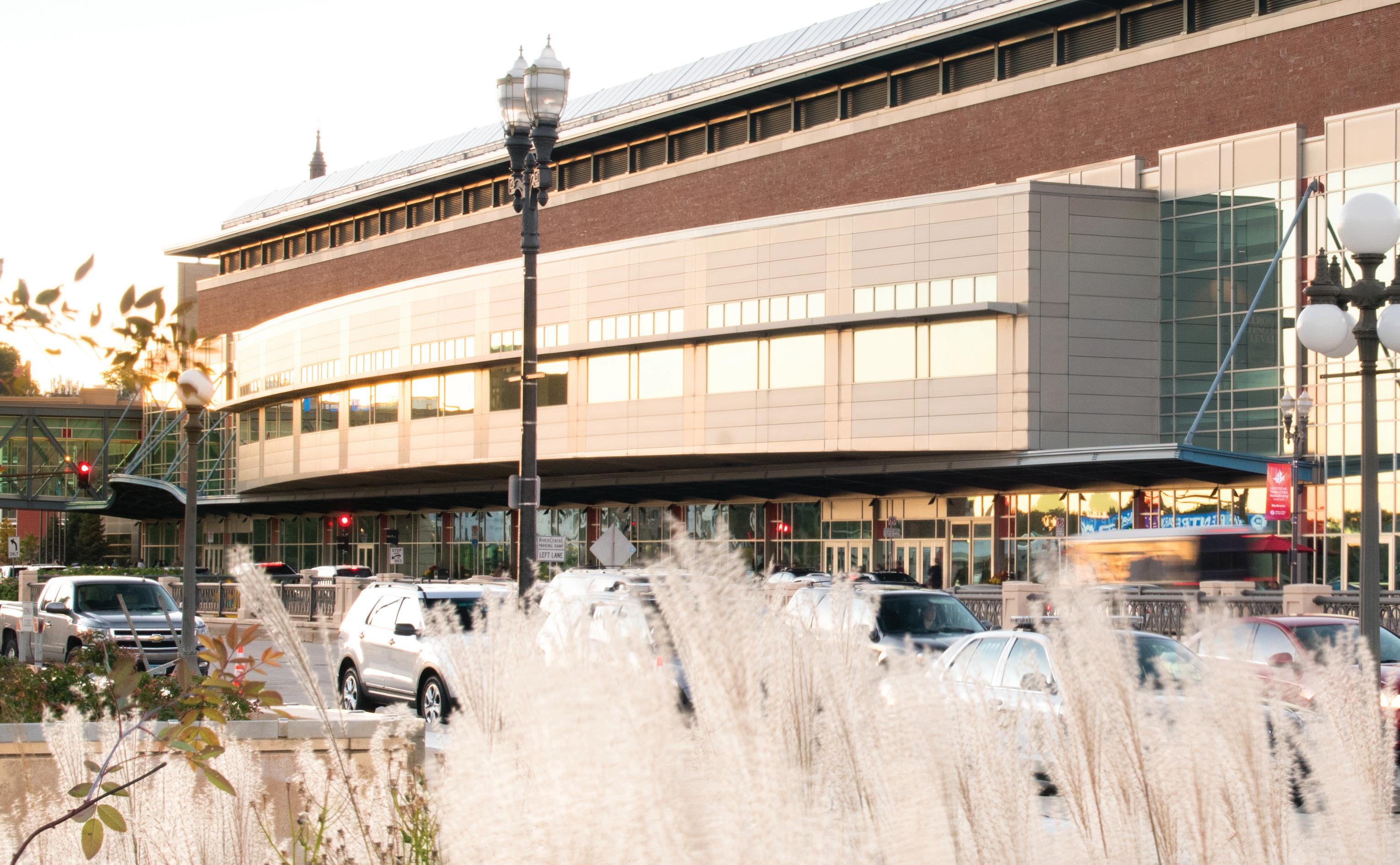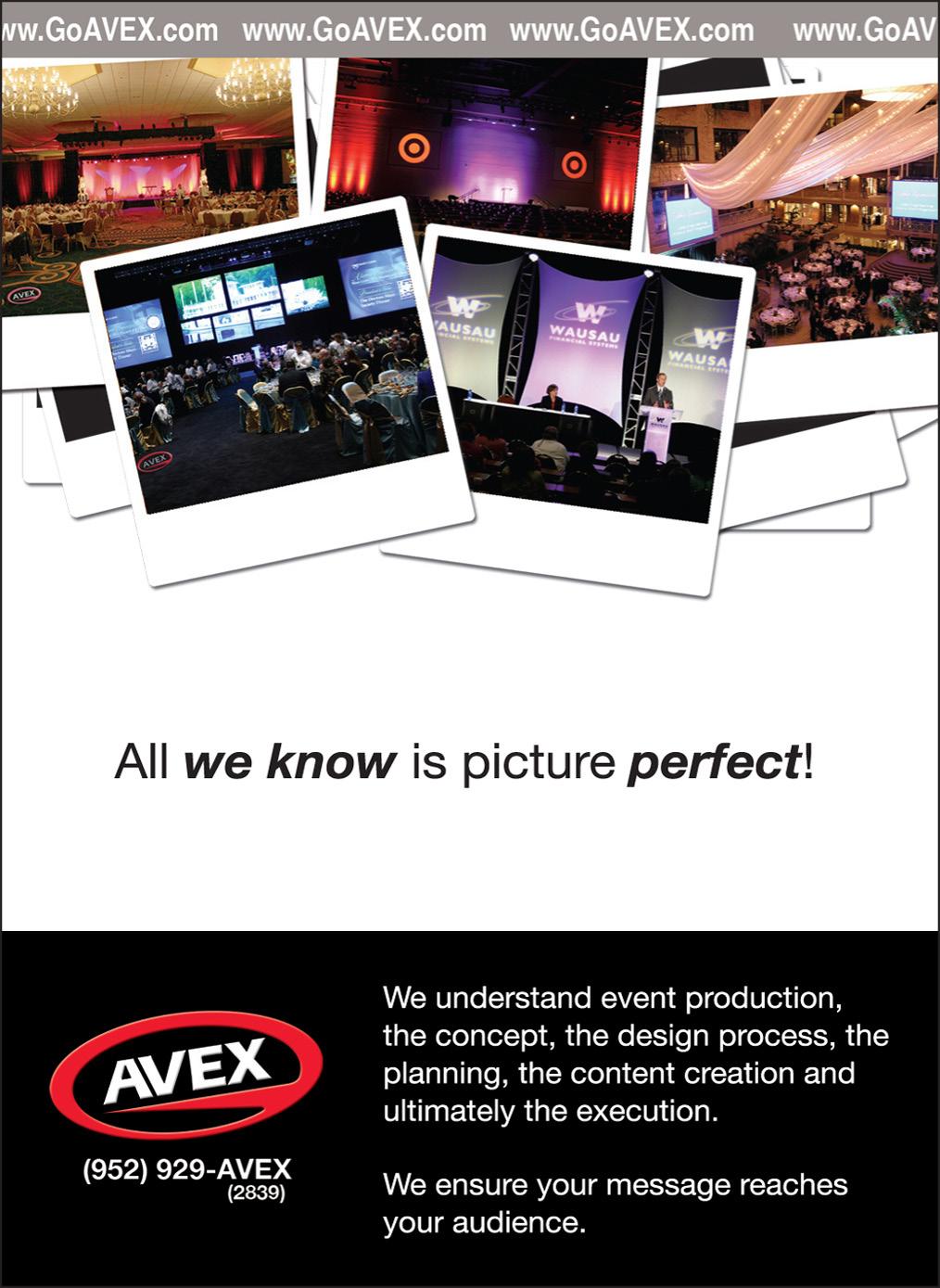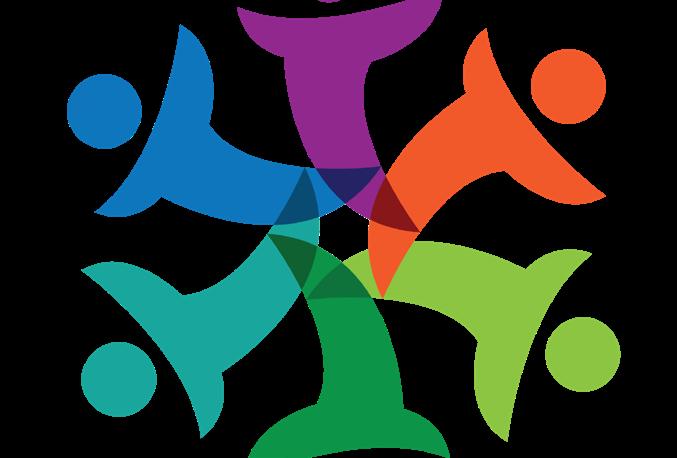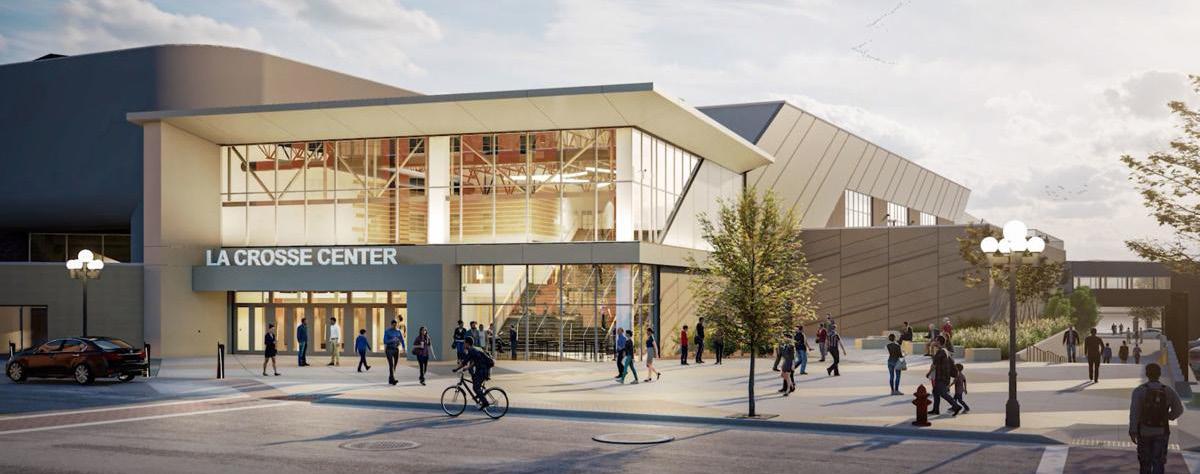
12 minute read
Advancing Engagement + Recruitment: Moving Membership
JP Moery, Moery Company Five Steps to Modernize Your Association’s Membership Dues Model for Growth
Does more than 50% of your revenue come from membership dues? If so, you may be joining the numerous associations that are now addressing taking a real good look at their business models this year by resetting their membership dues and modernizing their membership categories. Here are steps that you can take to modernize your dues models and value propositions.
Advertisement
Step One First things first, get your mindset right. What will help you focus on creating the optimum model for your organization? It’s not just a dues review, it’s a business analysis. The way you tug or pull on your dues model, or a membership category, may affect the overall engagement that your members have with your association. There are three key areas that we’ve used in our reviews to come up with the optimum business models, things that the board of directors and the executive staff are willing to navigate to come up with a new system.
Step Two Begin the process with a quantitative review of your membership data. It will look like this: renewal rates by membership category, review of non-renewal data, and a look at the impact of mergers and acquisitions on your organization. Secondly, look at the distribution of dues by member company so you can see how many small members you have compared to the largest organizations and how they affect, and the percentage of, the overall membership revenue that comes into your organization. Then take a look at non-dues revenue participation to see the total business involvement in your association. This is really important with your allied members. While they may not be paying a lot of dues, they may be investing money into your sponsorship program and, as a result, they’re putting more money into the organization than the core members. You’re going to get a real good idea of your membership engagement.
The second step is to interview members in different membership categories in a series of face-to-face interviews. The qualitative aspect of this is extremely important. This gives you the opportunity to find out what they value the most from being part of your association, not what you’ve got in the membership brochure or the membership section of your website. What do they tell you that they value the most? When you look at the major parts of your value proposition, are there things that these members don’t use or they don’t even mention? Find out how they decide which groups to be part of.
Step Three Figure out how members view your association and if they think they are getting a fair deal, or not. If your members don’t feel like they’re getting a lot of value, or they think that they’re paying more than their fair share, you need to reevaluate. It’s easy to do the math and come up with a revised dues model. What’s more difficult is to see if members of your association are actually buying into that. Do they think it’s fair?
In some cases, these large members may be paying maximum dues rate but they don’t think they’re getting that much value from you. It’s better to know that before you walk into a board meeting to introduce a revised membership structure.
Step Four Find out how your association fits into the decision-making process of that company and how they view your organization compared to others.
Step Five Associates are often paying low dues but may be contributing significantly into your non-dues revenue. Creating new tiers with marketing opportunities within their membership category may reveal themselves through this analysis. I’ve found that new industry entrants may not have a category, or segments, that they fit into. It may or may not be worth recruiting them at an intense level and that information may reveal itself in this analysis. They may not bring in any revenue or engage with your organization. You need to rethink whether the juice is worth the squeeze in terms of going after them.
Modernize, adapt, stay relevant in your industry, and adapt the business model in a way that makes you increasingly valuable to your members. Develop a dues model that is modernized and reflective of the business realities of today.
EVENT PLANNERS. We get you. You have a lot on your plate. We’ll help you clear it.

rivercentre.org

Technology that connects.




3 Ways to Amp Up Event Messaging
Dawn Wagenaar, Ingenuity Marketing Group, LLC
We get it. People are protective of personal time and often bogged down by work obligations. How do you entice them to take a break and participate in your great educational or networking opportunities?
Focus on the personal motivations of your members and communicate your desire to inspire them. Here are three ways to amp up your communications to personalize each member’s experience before and after your events.
1. Make them feel like a VIP.
Isn’t it nice when someone makes you feel special? Recently, one of my team members asked to register for an event even though she wasn’t a member yet. The event coordinator got back to her immediately and said he had simply gone ahead and registered her as a guest, no charge. Her personal name badge was waiting that day, and he took time to talk to her at the event, too!
To give people that VIP feel, use first names during the marketing and registration process. In your emails, ask if there is something specific they would like to learn during the event so you can tailor the content.
You can still use automated registration or eblast tools, but make sure that first names are used in the email correspondence. Allow attendees to respond back directly to your emails for ease of communication. It may seem elementary, but customize the name badges and build rapport through another personal email just ahead of the event.
2. Acknowledge them.
During your event, look for ways to acknowledge attendees either with a corporate shout-out or something personal like birthdays that month or work accomplishments. When people sign in, ask if there is something you can celebrate with them that day to fuel this networking and acknowledgment.
Keep an eye on the room for new people and make sure to introduce yourself. Afterward, send a follow-up email that not only provides materials from the event and a heads-up on upcoming events, but also an incentive to sign up by an early deadline (swag bag, coffee card, etc.), something that says, “We value your time and continued involvement.”
For members that attend regularly, acknowledge their commitment to their careers and the industry by asking them to share at the event what they gain from participating. Post their approved comments on your social media channels. Even better, see if you can get video testimonials! It’s surprising how many presentations are still lecture oriented with questions taken at the end. Instead, interactive presentations that include exercises, pair shares and Q and A time throughout a presentation will keep your attendees engaged and more likely to view the presentation as positive and beneficial.
When members can participate and learn from one another, they perceive more value in networking and educational programming. Let them share their experiences related to the presentation topics. Include opportunities for member panels and online forums. Look for speakers who offer an interactive presentation style that involves your attendees.
One more tip: Invite your attendees to post their insights about your event on social media. Always provide a special hashtag so you can track their comments for the event. Some will post during the event, so have someone monitor your hashtag. To wrap up the event, provide a prize drawing for the best tweets or posts. Use those winning posts in future marketing!
When your members create the buzz, it will attract more buzz — and attendance!
The Importance of Diversity & Inclusion in the Association World

Arzu Alimohd, Ewald Consulting
According to the American Society of Association Executives (ASAE) Foundation, diversity and inclusion within associations can benefit the organization financially, help generate ideas and give the organization authenticity and an advantage compared to other organizations.
These benefits will only occur if the diversity and inclusion strategy is managed and effectively actionable. This can be achieved in a variety of ways — whether by a detailed plan, assignments to staff and volunteers, task forces, committees or a combination. The terms “diversity” and “inclusion” are very broad, so organizations must narrow their targeted outcomes – what are some communities that the organization would like to have participate or think would benefit? Does your board represent your member base? How can the association open its door to more communities or partner with other organizations for mutual benefit? Diversity and Inclusion has multiple layers within an organization — board and volunteers, staff, member base, workforce and more.
When associations talk about diversity and inclusion, there is usually an emphasis on diversity more than inclusion. It is beneficial to look at both diversity and inclusion when determining these goals and to not assume one means the other. They go hand in hand, but increasing a certain area does not mean all may feel included in the organization.
It is no surprise that each field is different in its diversity – age, gender, location, etc. — so the organization must look at not only its members, but the field to determine what to focus on. A common way associations can expand their community is looking at schools or educational programs that train in the profession and partnering with them; this can be determining a student rate for membership or event attendance to expose the community to the organization, creating a student competition, or teaming up with schools to host events.
A common misconception is because the field is not diverse, the organization does not have to be diverse; but there are ways the association can help diversify its workforce.
It is important to understand that being a truly diverse and including association is not a one-size-fits-all scenario. Each organization must look at its field and determine its priorities. Diversity and inclusion initiatives are also never “one and done.” It is critical to consistently analyze the programs and reevaluate if needed. There is a lot to unpack with the terms diversity and inclusion when it comes to organizations — but be sure to incorporate the values of the organization, define the needs of the community, and then put words into actions and priorities of the association.
As D&I initiatives become a more frequent conversation in the association world, a forward-thinking organization looks toward embracing inclusivity and heterogeneity to truly thrive in the future.
Sources/Resources: • ASAE Foundation - Enhancing Diversity & Inclusion in Membership Associations foundation.asaecenter.org/research/diversity-and-inclusion
• 2018 McKinsey Report - Delivering through diversity mckinsey.com/business-functions/organization/our-insights/ delivering-through-diversity


To our members, Thank you for staying connected... Virtually!

Perched on the Banks of the Mighty Mississippi

Undergoing a 42 million renovation to be completed in the fall of 2021, the La Crosse Center will boast nearly 150,000 square feet of flexible meeting space. The new pre-function and ballroom areas overlooking the Mississippi River will provide meeting attendees with the one of the most unique meeting experiences in the Midwest. Four new hotels within one block bring the total to 1,000 downtown hotel rooms paired with a vibrant culinary scene of 100 walkable restaurant and dining options in historic downtown.

Resting on the borders of Minnesota and Iowa, La Crosse County is the perfect regional meeting place for all your meetings and events.
Easily accessible by interstate highways, Amtrak, the navigational system and the La Crosse County Airport (accommodating flights from both Delta and American Airlines), your attendees will find getting here easy. The only difficult part is that they’re probably not going to want to leave.
During your event, the La Crosse area features endless adventure & entertainment. La Crosse offers visitors many wonderful concerts, river festivals coupled with natural surroundings make this the supreme spot for after hour’s adventures.
13 Attendees and their families will enjoy fishing and boating on the Mississippi, the numerous hiking and biking trails, downhill and cross-country skiing and snowshoeing, apple orchards, wineries and breweries. Other adventures within driving distance such as NASCAR racing, La Crosse Loggers Baseball, the Riverside Amusement Park, Amish Country Tours and much, much more.
In looking for a more intimate meeting location, La Crosse County features several additional meeting venues.
La Crosse, WI Connected to the La Crosse Center, the Radisson hotel has 169 hotel rooms inclusive of spacious meeting space to accommodate nearly any conference or meeting.
Onalaska, WI Home to the Omni Center, Onalaska also offers expansive space and arenas for your next event. The Stoney Creek Hotel and Conference Center features over 100 hotel rooms with meeting space under one roof.
With a short commute to Downtown La Crosse, and with three meeting rooms, the event center offers private meeting spaces, a restaurant and bar on-site, cozy lodging options at the adjacent Best Western Plus and much more.
Coulee Region Looking for a smaller, affordable meeting space? Don’t forget to ask local hotels, restaurants, and organizations for their meeting accommodations as well. With the six municipalities in the La Crosse Region, there is adventure and accommodation appropriate for every traveler’s needs.
Explore the location that is second to none with incredible views, local hospitality, and unique adventure.
For more information on booking an event in La Crosse County, go to www.explorelacrosse.com.
Rejuvenate your conference in a setting like no other, along the Mississippi RIver. Enjoy your “Meetings” after the meeting.







